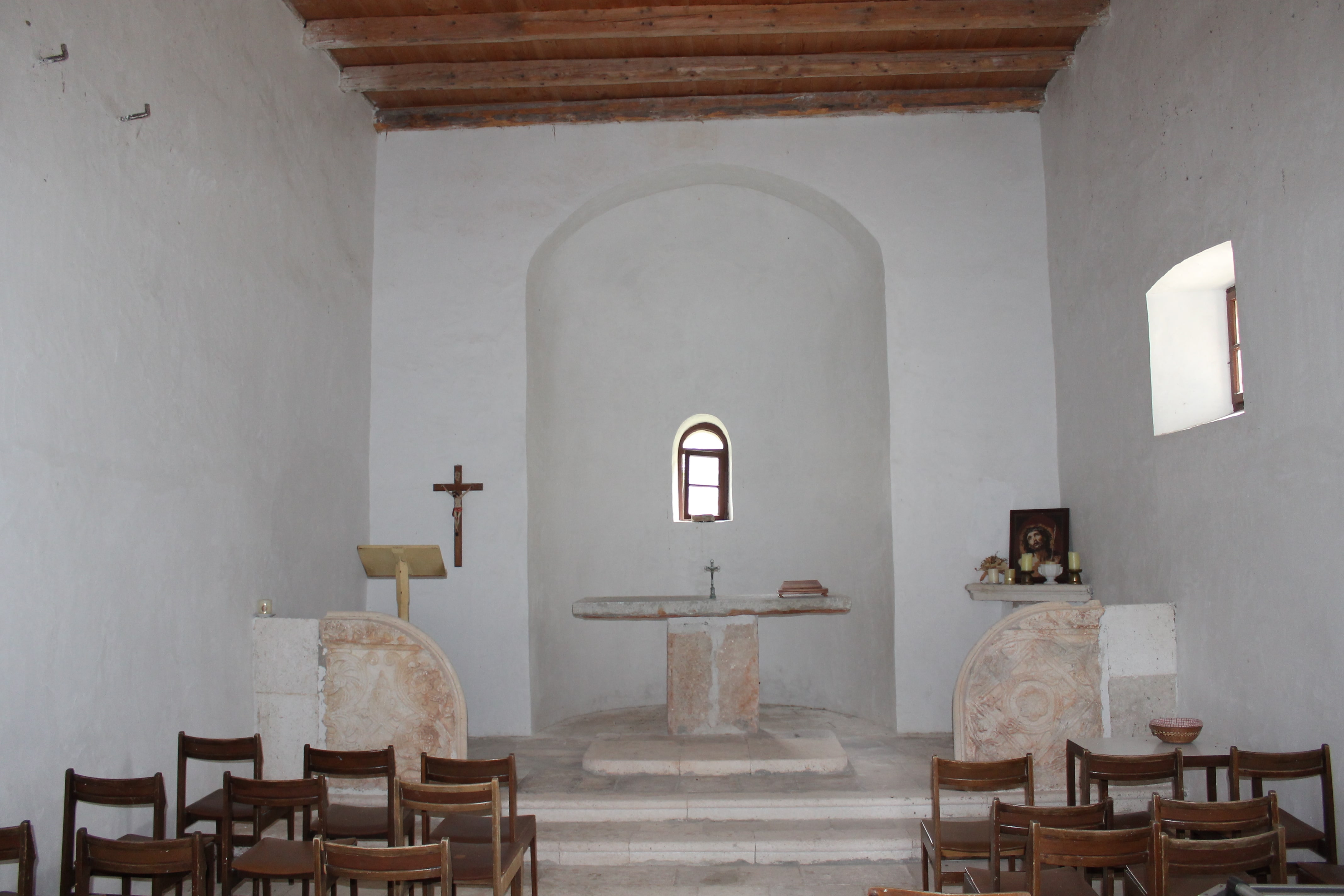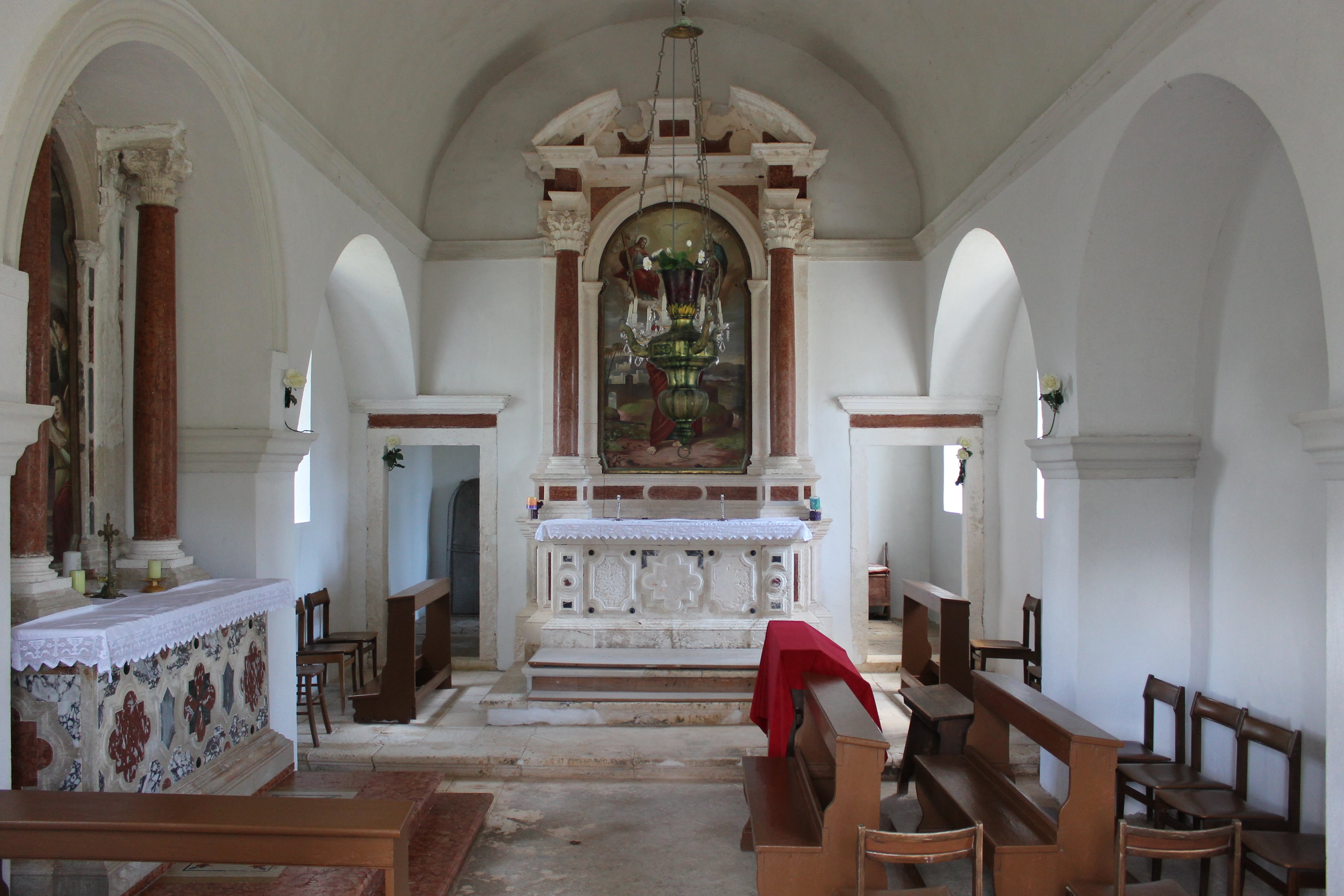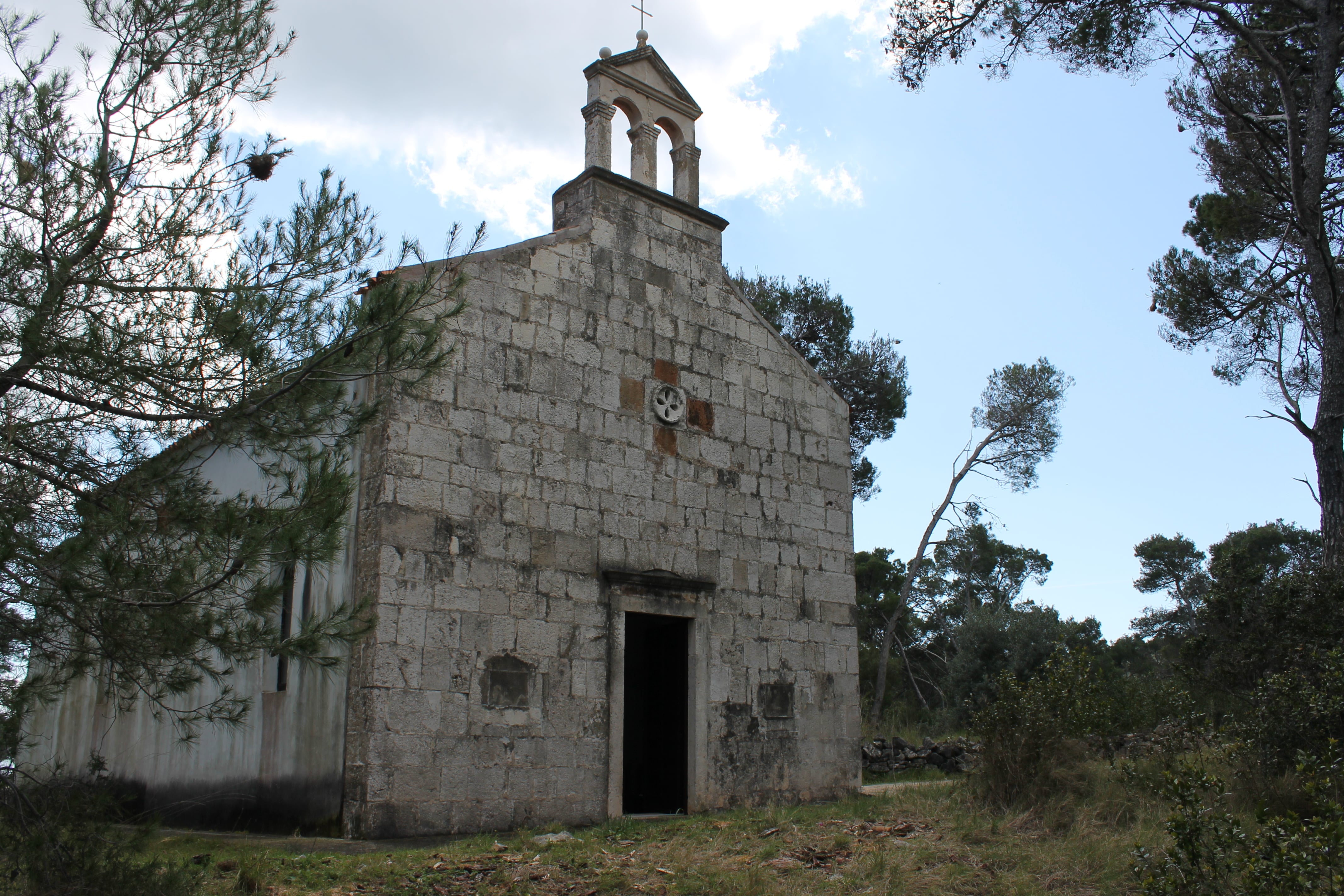The original parish church of St. Nicholas in Božava today is the cemetery church of St. Crisis. It is assumed that it originates from the early Middle Ages. "This is indicated by the fact that already at the end of the 14th century it was so dilapidated that it had to be rebuilt," writes prof. Emil Hilje (Proceedings of the Faculty of Philosophy in Zadar, vol. 17, 1992, p. 129).
Namely, on May 29, 1385, Bartul, a builder from Zadar, made a commitment to Maroj and Kršul Hrvatinić from Božava to build a new church in honor of St. Nicholas - "ecclesia Sancti Nicolai de Bosava". That church was abandoned in 1882, because that same year a new church was built near the rectory, also dedicated to St. Nicholas, bishop.
The old church at the cemetery is today called the church of St. Cross because it preserved a valuable wooden Gothic sculpture, the famous crucifix from the first half. 15th century, great artistic value. The height of Jesus' body, the corpus, is 170 cm, and it is painted with tempera. It was expertly restored in Ljubljana, and today it is kept in the parish church. On the lintel of the cemetery church, you can see the relief of St. Nicholas with Arabic numerals engraved with the year 1469.
During the renovation of the church in 1955. two pre-Romanesque plutei with wicker decorations, altar partitions from the early Croatian era (99 x 78 cm) were found. "They have considerable value because they are decorated with interesting and rare ornamental compositions" (I. Petricioli, Zadarsko otochje, zbornik, Zadar 1974, p. 86).

Based on pluteus, the pre-Romanesque phase of the Church of St. We could date the cross in Božava to the end of the 8th or the very beginning of the 9th century. However, there are indications that this church could be even older than this time. Namely, about 1 km north of it, in Božavsko polje, next to a well called Šipnata, there is the lid of an early Christian sarcophagus. Its dimensions are: length 196 cm, width 88 cm, height about 45 cm. The lid was turned upside down for a long time because it served as a watering hole for cattle. It has the form of a gabled roof with acroterias on the corners.
According to local residents, there used to be a sarcophagus chest nearby, which is now lost, i.e. probably covered with earth. The described cover belonged to a sarcophagus of Salonitan type. A relatively large number of such sarcophagi were found in Dalmatia, and they were produced during the 5th and 6th centuries in Salona.

This lid is a significant indication that there was an early Christian cult object in the area of Božava. Is he hiding in the foundations of the Church of St. Cross (St. Nicholas) or is it a question of some other church, it is difficult to determine for now.
It should be noted that about 300 m northeast of the place where the lid of the sarcophagus lies, the Church of St. Nediljice (Nediljno), which has Gothic-Baroque features, and in the Middle Ages was dedicated to St. Bartholomew, a saint whose veneration was very widespread in the early Christian era. The early Christian cult object in Božava was created in the immediate vicinity of several ancient objects. Their existence is indicated by numerous fragments of ceramics scattered around the Božava field and on the surrounding castles (Nediljno, Gračina and Kruna).*

*A. Uglešić, On the trail of early Christian and pre-Romanesque monuments on Dugi otok, Original scientific article, Faculty of Philosophy in Zadar, 1993.